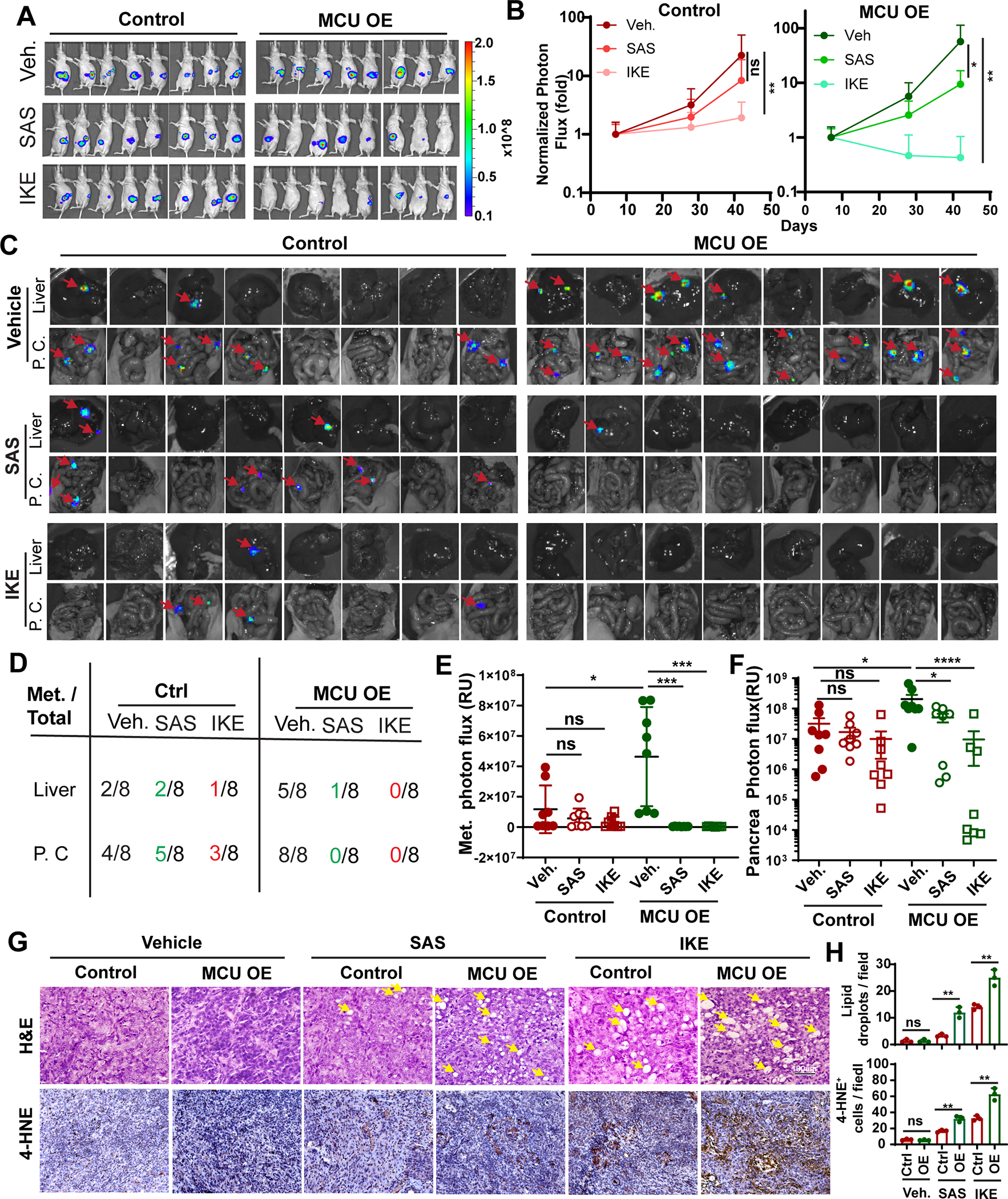Figure 7. MCU-driven cystine addiction is a metabolic vulnerability that can be exploited to prevent PDAC metastasis.

A, BLI imaging of mice orthotopically implanted with control of MCU OE Panc-1 cells 49 days after surgery. Mice were treated with either saline vehicle (Veh.), sulfasalazine (SAS, 100 mg/kg) or IKE (20mg/kg) everyday starting from day 7.
B, quantitation of BLI signals from experiments in (A) and day 7, 28 and 49. BLI photon flux signals on day 28 and 42 were normalized against signals from day 7 in each group. n=8. Data were analyzed using two-way ANOVA.
C, ex vivo BLI imaging showing the development of metastases lesions (red arrows) in liver and peritoneal cavity (P. C.) in mice from (A) after euthanasia at day 49. N=8
D, summary of total metastasis foci numbers from ex vivo imaging experiments in (C).
E, quantitation of BLI photon flux signals from ex. vivo imaging of metastases. n=8
F, quantitation of tumor weight harvested from orthotopic xenograft experiment in (A).
G, H&E and 4-HNE staining showing lipid-droplet like structures (yellow arrow) and lipid peroxidation (4-HNE positive cells) in harvested orthotopic tumors.
H, quantitation of the numbers of lipid droplets and 4-HNE positive cells per 40x field in three orthotopic tumors from each group. n=3
Data in E, F and H were presented as mean ± SD from 3–8 biological replicates and analyzed using two-tailed, Mann-Whitney test (E and F) or unpaired Student’s t-test. *, ** and **** indicated p<0.05, 0.01, and 0.0001, respectively. n.s. indicated not statistically significant.
